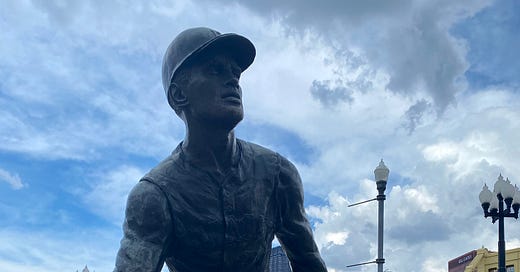This Pittsburgh essay is personal and revolves around the crashing of airplanes. My life changed 25 years ago this summer when I missed a rendezvous in New York City for a trip to Europe. When I arrived at my destination in Rome, I emerged in a kind of nightmare, which I later recounted in an article I wrote for the Wall Street Journal. I was erroneously told that some of my family had just died in a jet that fell into the sea.
The error and disaster affirmed my conviction to doubt the government and, instead, to detect facts for myself. The crash also affirmed the power of proper journalism. I created a series of articles asking questions about the cause of the crash. I sought to reconcile serious discrepancies in the government’s $40 million investigation. My articles about the investigation informed the reader about contradictory government claims. The essay in the Wall Street Journal among others in various newspapers
Keep reading with a 7-day free trial
Subscribe to Autonomia to keep reading this post and get 7 days of free access to the full post archives.




